For the last few months, CRRC Armenia has been doing a survey for the European Training Foundation (ETF).
This is a major undertaking, with 4.000 respondents, and a specialized sampling procedure (basic details here).
სომხეთი
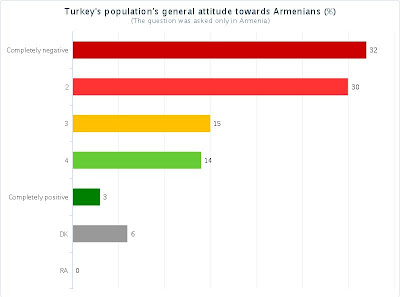
As the New York Times reports, on January 23, 2012 the French Senate “approved a bill […] criminalizing the denial of officially recognized genocides, including the Armenian genocide begun in 1915.” The bill has fanned tensions between Turkey and France, emphasizing the…
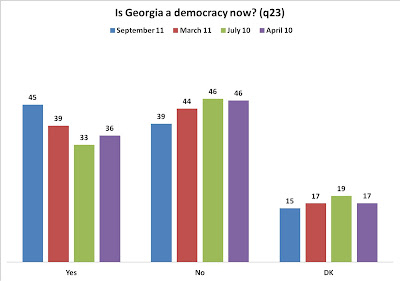
In the wake of Russian protests for free and fair elections— one of the hallmarks of democracy— the international community has again turned its attention on democratization in the post-Soviet region. Democracy, in its various forms, represents something different to…
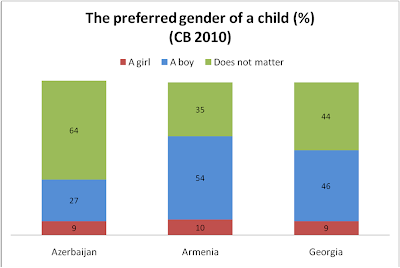
Survey data shows that there is a strong preference for male children over female children throughout the South Caucasus. As mentioned in the March 4, 2010 edition of The Economist, after 1991 there has been an increase in the ratio of…
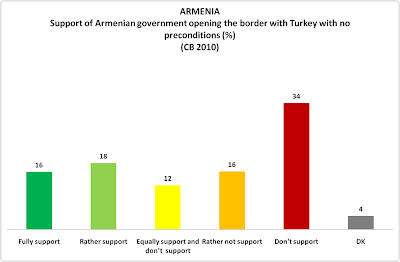
During the 20th anniversary of Armenian independence from the Soviet Union on September 21, 2011, the Armenian news service Hetq reported that the organizers of celebratory events were delivering commemorative T-shirts made in Turkey – which has had closed borders with Armenia…
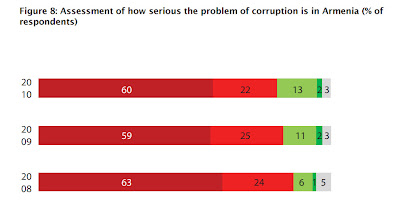
The Mobilizing Action Against Corruption (MAAC) effort in Armenia, led by Casals, has come to an end. We undertook four surveys for this USAID project, three household surveys and one business survey. Unfortunately it proved impossible to do a survey…
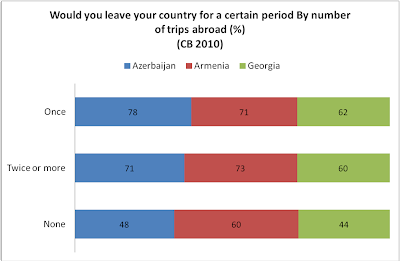
The collapse of the Soviet Union and the fall of the “Iron Curtain” opened new prospects for migration for people in the South Caucasus. Comparing data from all three countries in the region shows a tendency that Armenians have a…
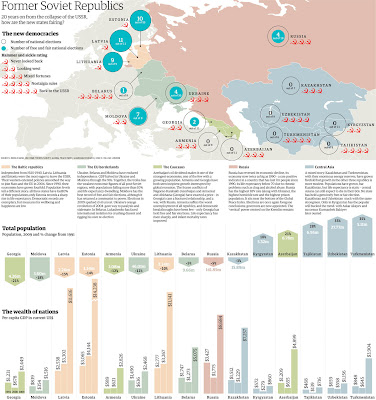
In a recent datablog, the Guardian published a map visualizing how the former Soviet countries are doing 20 years after the fall of the Soviet Union. The map compares the 15 former Soviet countries in terms of economic development, demographics and…
